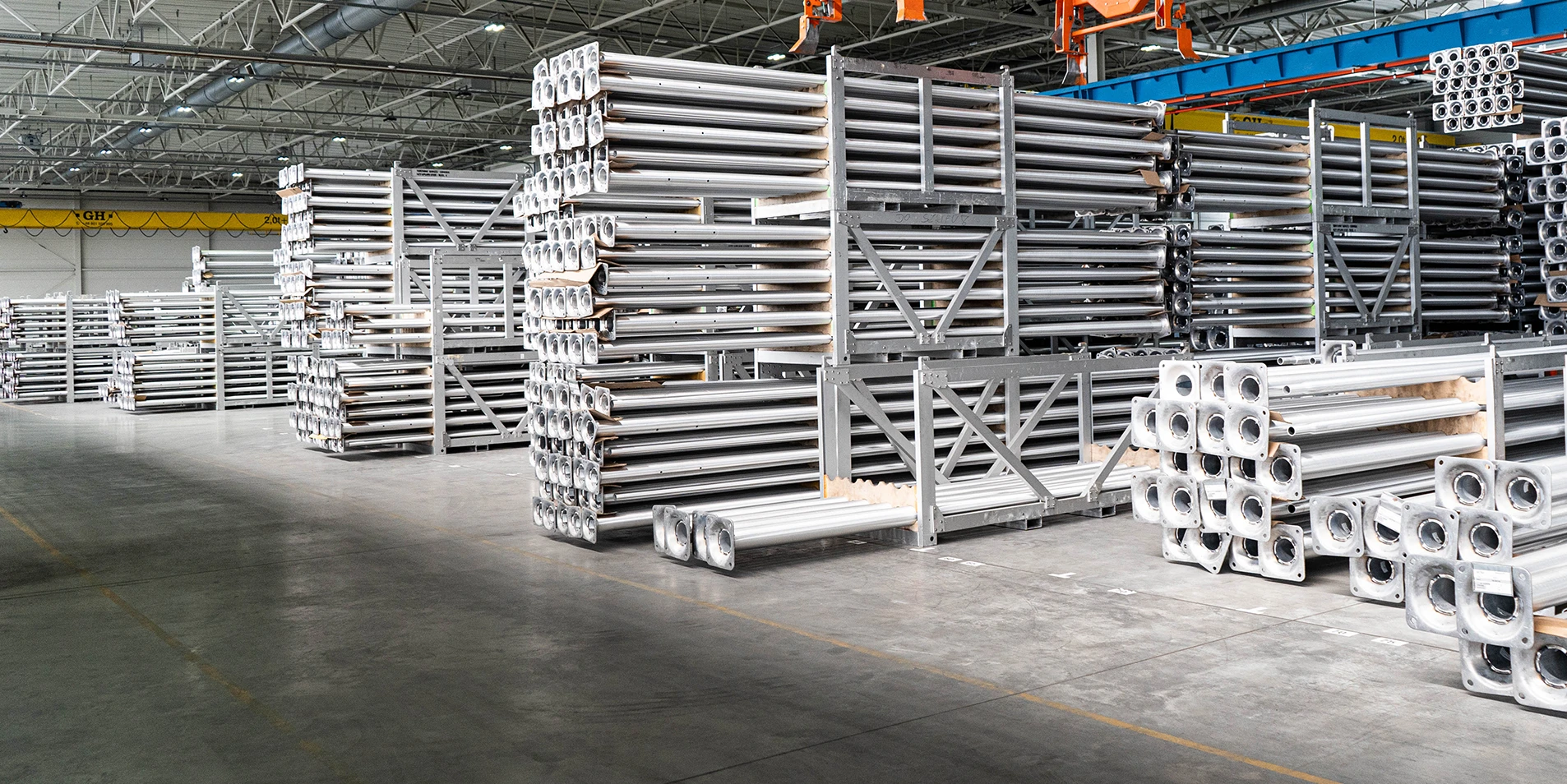

Aluminium, known as the green metal, is one of the most comprehensive materials.
It is no coincidence that we chose it for production more than 20 years ago.
- Home
- Knowledge zone
- Why do we use aluminium?


Aluminium, known as the green metal, is one of the most comprehensive materials.
It is no coincidence that we chose it for production more than 20 years ago.